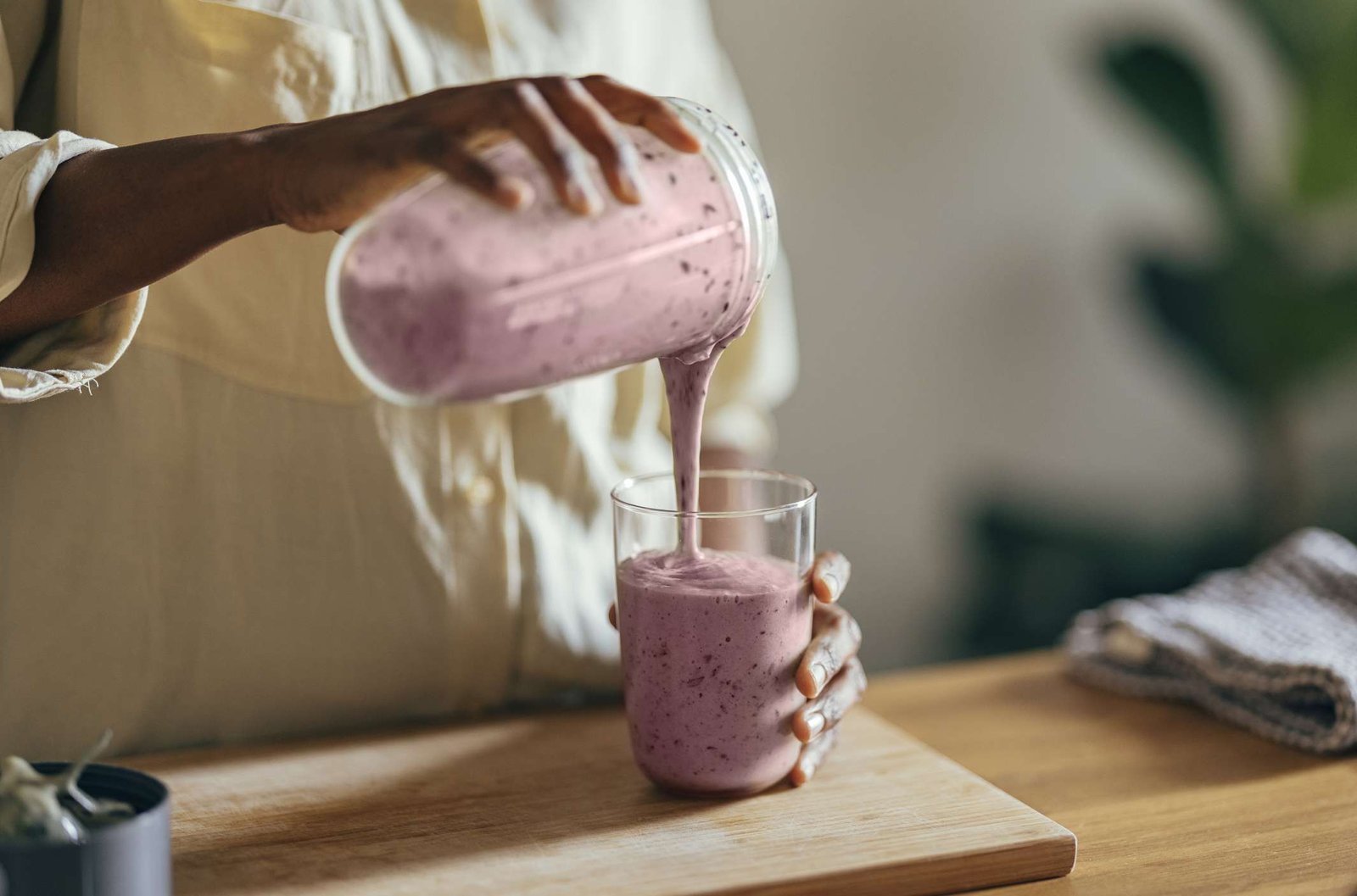
What’s not to like about smoothies? They can be convenient, delicious, and a healthy choice that provides protein, fiber, healthy fats, vitamins, minerals, and antioxidants.
However, not all smoothies are created equal. They can be low in satiating nutrients like fiber and protein and high in carbs and added sugar, which makes them less filling and less weight-loss-friendly.
Here are six common smoothie mistakes that could be getting in the way of weight loss goals.
Adding protein sources to your smoothie helps you feel full and can also promote healthy blood sugar regulation.
Protein stimulates the release of satiety hormones, which signal to your brain that you’re getting full. Fiber is also important for satiety and blood sugar control. Like protein, fiber slows digestion, leading to a slower, steadier rise in blood sugar.
Sources of protein include:
Sources of fiber include:
- Fruits
- Vegetables
- Nuts
- Seeds
If you’re buying pre-made or store-bought smoothies, it’s important to read nutrition information, including calorie content and ingredients. Many pre-made and store-bought smoothies are low in filling nutrients like protein and fiber but high in carbs and sugar.
For example, a large-sized White Gummi smoothie from Jamba Juice, which is made with high-sugar sherbet, contains 565 calories, 136 grams of total carbs, 123 grams of sugar, and only 4 grams of protein and 1 gram of fiber.
Tip: Choose smoothies made with fresh or frozen fruit, not fruit juice or sherbet, and have at least 15 grams of protein.
Though smoothies can be used as meal replacements in a pinch, you’ll want to make sure that they contain enough calories and protein to last until your next meal.
If you’re using a smoothie as a meal replacement, it should contain at least 400 calories and at least 20 grams of protein.
Drinking low-calorie, low-protein smoothies as meal replacements can backfire and cause you to consume more calories at your next meal.
Tip: To ensure your meal smoothie is well-rounded, be sure that it includes a source of protein, fiber, and fat.
While enjoying a sweetened smoothie once in a while won’t harm your health, it’s best to choose smoothies made with naturally sweet ingredients, like fresh or frozen fruit.
Some pre-made and store-bought smoothies contain ingredients high in added sugar, like sweetened syrups, sherbet, ice cream, and more. You can also add sugar to homemade smoothies by using ingredients like sweetened yogurts or sweetened milks and plant-based milk alternatives.
Consuming too much added sugar can harm health and increase the risk of weight gain and several diseases, like type 2 diabetes and heart disease.
Tip: To keep added sugar low, choose unsweetened smoothie ingredients, like unsweetened protein powders, unsweetened yogurt, and unsweetened plant-based milks.
One hundred percent fruit juice is healthy and contains essential nutrients, like vitamin C and potassium. However, using fruit juice as your smoothie base can significantly increase the carb and sugar content of your smoothie.
Plus, fruit juice lacks the filling fiber found in whole fruit.
Tip: If you’re making a smoothie, consider using whole fruit and water or an unsweetened plant milk, like coconut or almond milk, as a base instead of fruit juice.
Fat is an essential nutrient you need for energy, hormone production, and the absorption of fat-soluble nutrients.
Fats can also make your smoothie more satisfying and improve its texture, helping you feel fuller.
Tip: Add a healthy fat, like peanut butter or avocado, to your smoothie to increase the absorption of fat-soluble vitamins like vitamins A and K.
Smoothies can be a healthy choice, but certain mistakes could make smoothies less weight-loss-friendly.
Choosing smoothies low in protein and fiber, adding sugary ingredients to your smoothie, and using low-calorie smoothies as meal replacements are just some of the smoothie mistakes that could be sabotaging your weight loss efforts.






